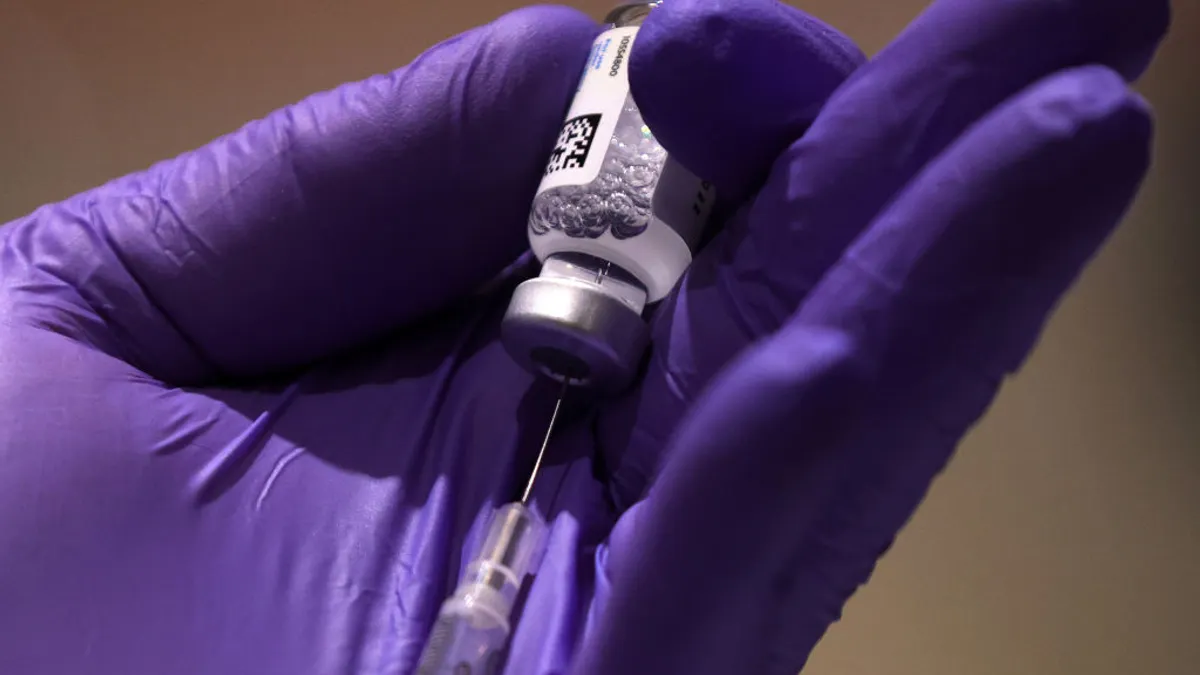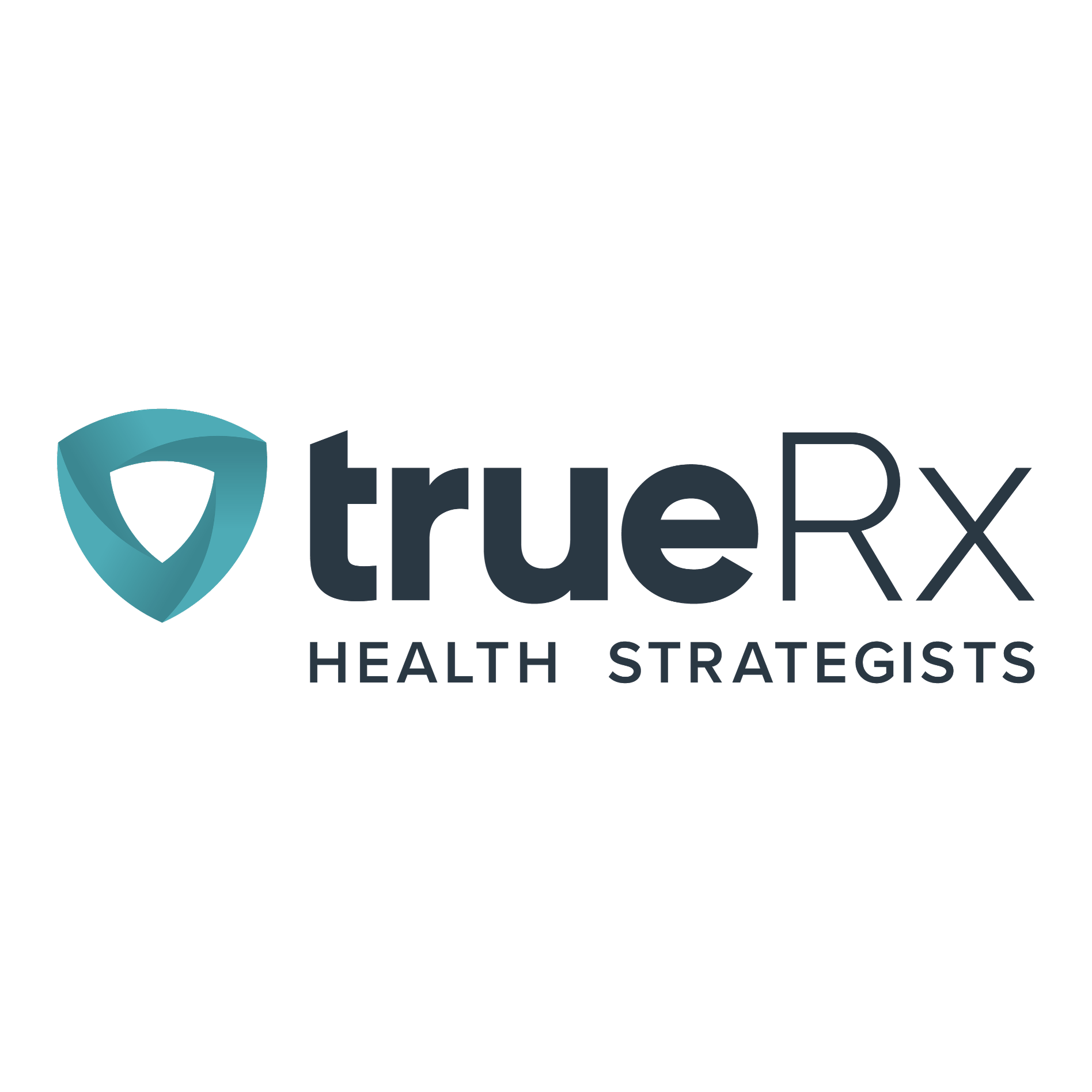Spurred by the COVID-19 pandemic, the digital revolution has taken hold of the life sciences industry and is changing the way companies promote products. Going forward, digital advertising spending is expected to outstrip other forms of marketing.
According to a new report published by Reuters and Elsevier, total digital advertising spending in the pharma and biotech industries is forecast to increase as a portion of overall promotional spending by 10% by 2025.
But as companies spend more on these digital platforms, Peter Shin, vice president of Client Services at Sonic Health, warns that deliberate, story-driven content, rather than flashy graphics, will remain paramount to garnering an audience's attention in the over-saturated media environment.
Sonic Health, a digital consulting agency headquartered in Costa Mesa, Calif., aims to do that by creating immersive, emotion-driven stories around pharma products that mirror the content being developed in Hollywood production studios an hour away.
“All these pharma companies, all of these healthcare companies — we're competing against Hollywood and against social media,” rather than other biopharma companies, he says. “We have to utilize those concepts, that strategy and that mindset into the world of healthcare because we know that healthcare stories need to be told, and more importantly, they need to be heard.”
To help the industry navigate the ever-changing digital landscape, Shin provides tips on how life science companies can leverage storytelling techniques in their marketing strategies — from the drawing board to implementation.
Know your ‘why:’ Creating a new campaign or brand strategy from scratch is daunting — especially in today’s omnichannel environment with near-limitless possibilities for sharing content. Where do you start? By pausing and reflecting, Shin says.
It might sound like a no-brainer but, he suggests a company first think deeply about its values and mission to ensure that the “essence” of its brand is not lost or watered down.
“Those stories sometimes never go away. It is the story of why they exist,” he says. “What is their vision? What is their raison d'être?”
Shin also says it's important to frame promotional messages around the idea of hope and to focus on the patient journey.
“The way that people experience their treatment journey…it's something detrimental emotionally at the onset, right? So they want that story of hope that things will get better,” he explains.
Grab their attention: When it comes to making content, Shin says it's important to remember that “you literally have only three seconds to get someone hooked and to figure out ‘Does this speak to me? Does it interest me? Should I click to learn more?’”
He suggests creating shorter-form stories or breaking up longer stories into easily digestible chapters that keep the audience wanting more.
“We feel like that can get them across the completion of the entire series versus starting on and off again [with content] that is a lot longer,” he says.
Stories should also include a call to action, “something that makes [the audience] get that sense of urgency,” and lets the message stand out against the deluge of other information on digital platforms, Shin suggests.
After all, the advertising competition on digital platforms is much more vast — it is every other piece of attention-grabbing content. In this type of environment, marketers should aim to create succinct emotionally driven stories that make people want to actively engage, Shin says.
Find your audience: Understanding where in their digital environment a target audience for a particular therapy wants to be engaged is also key to creating a successful campaign. When thinking about where to disseminate content, Shin says companies should consider what people are “running to do” at the end of the day and where they are going for their information.
For instance, he suggests the future of pharma marketing for providers and clinicians could look a lot like the content seen on Novartis’s new on-demand “edutainment” platform for rheumatologists called PEAK, short for Personalized Education and Knowledge, or Mediflix, another edutainment platform that provides engaging content about health-related issues.
These platforms resemble streaming services like Netflix and Hulu and have content with a high production value. The goal for marketers targeting providers, he says, is to make potential patients want to turn to that content as much as the content on entertainment-focused platforms.
And, he says these services are likely “just the beginning or maybe even the middle” of pharma’s digital advertising revolution. To continue to engage audiences, he suggests future content should be even more customized and curated for each audience member's preferences.




















